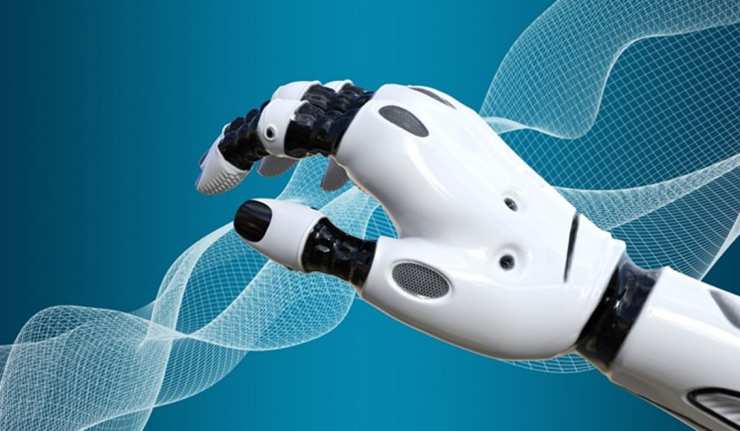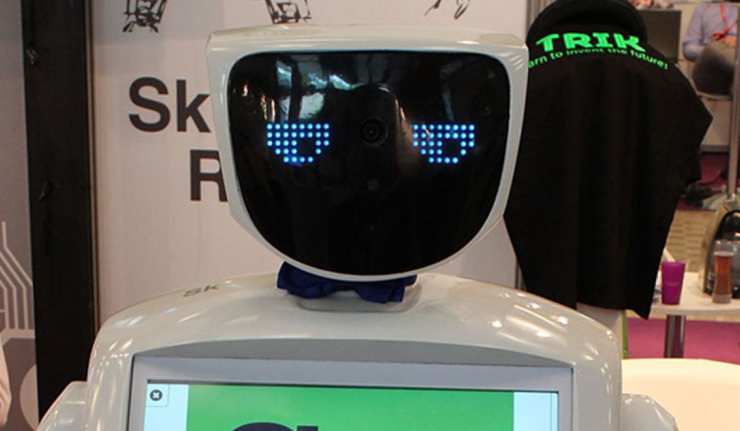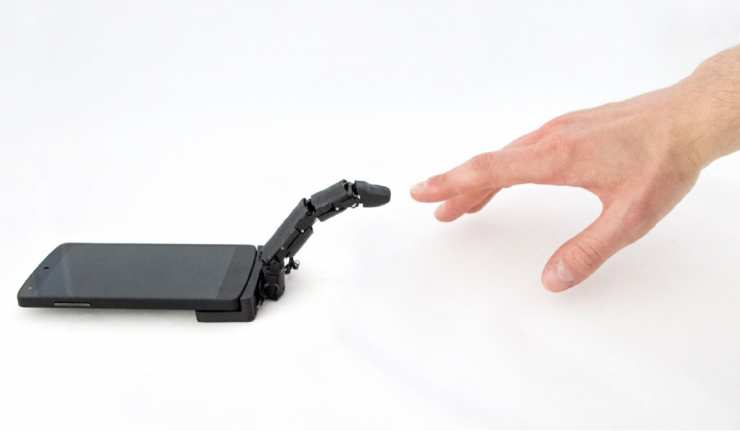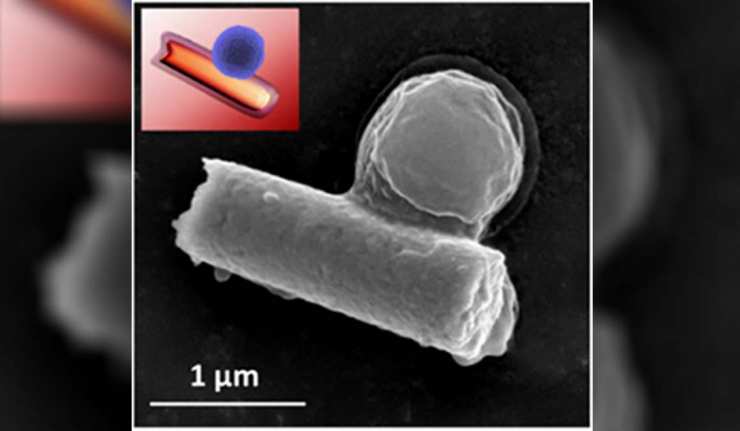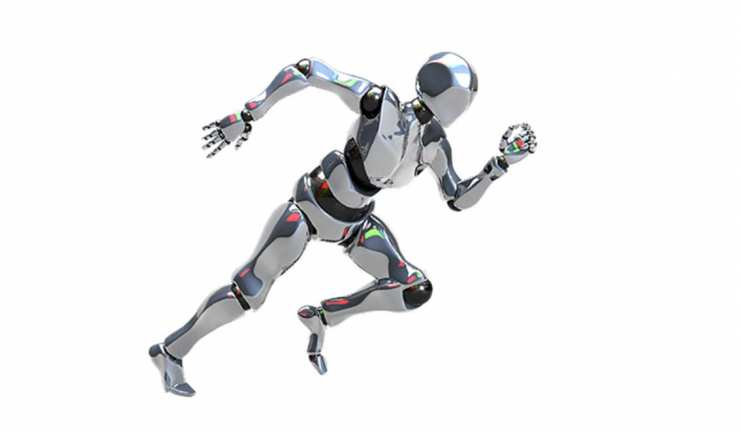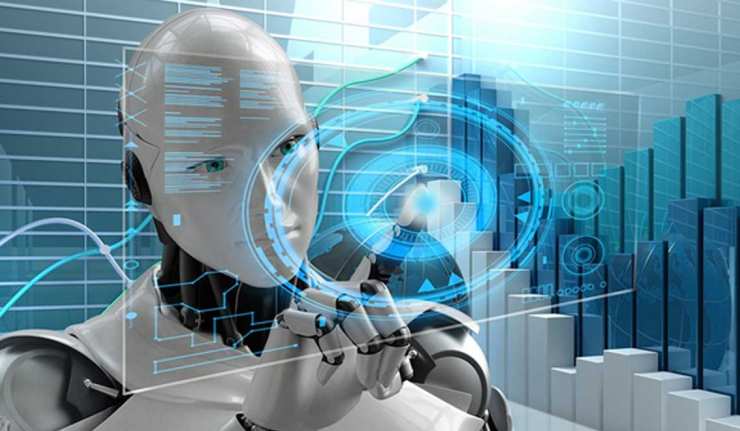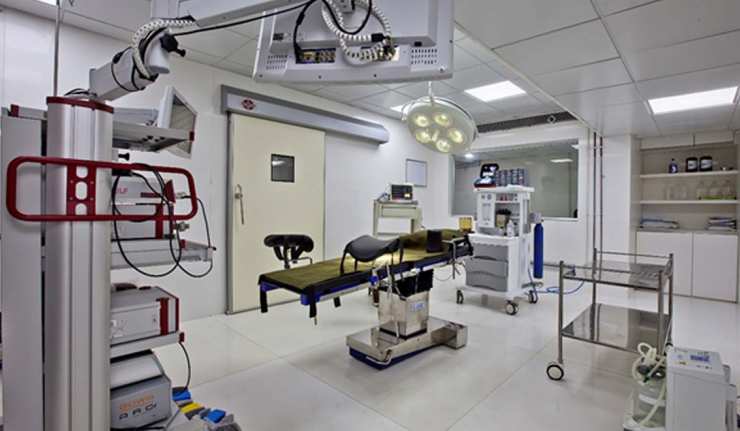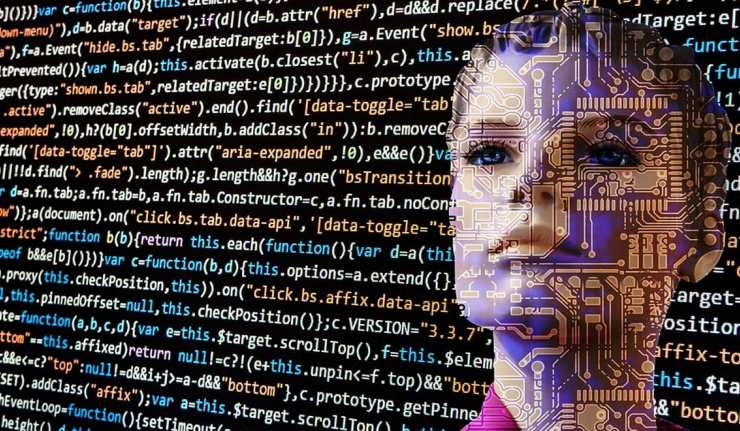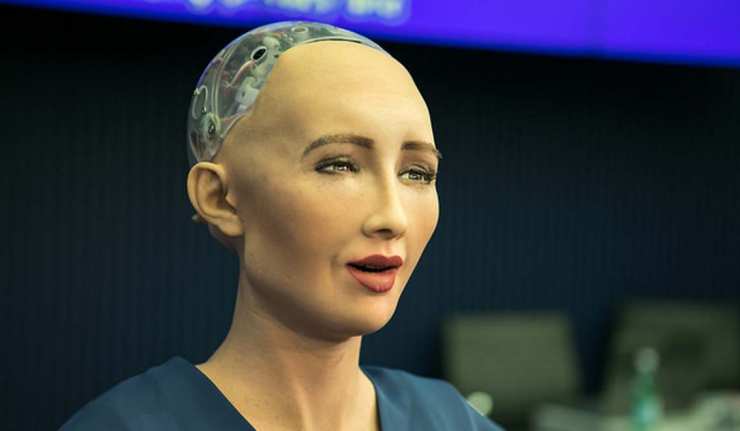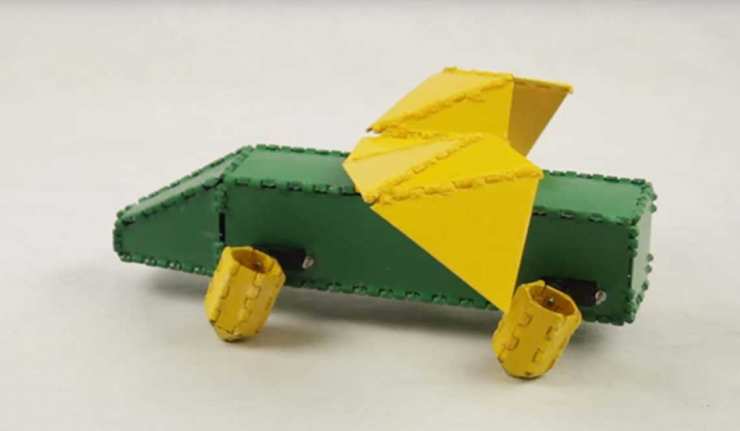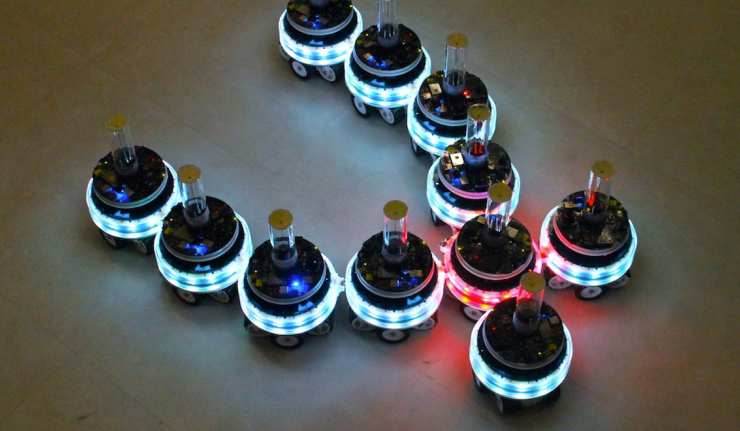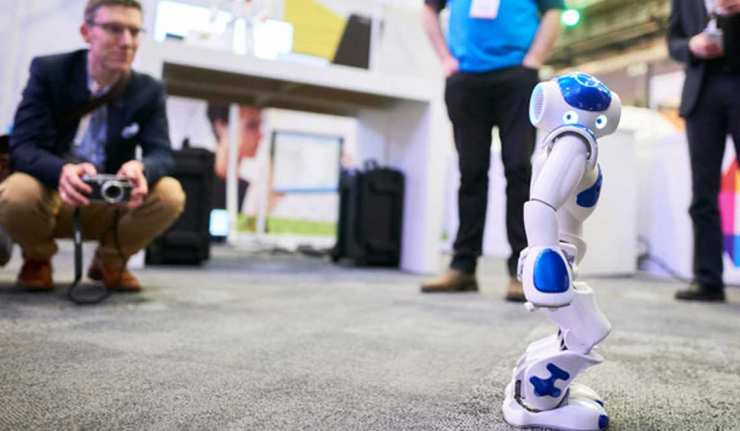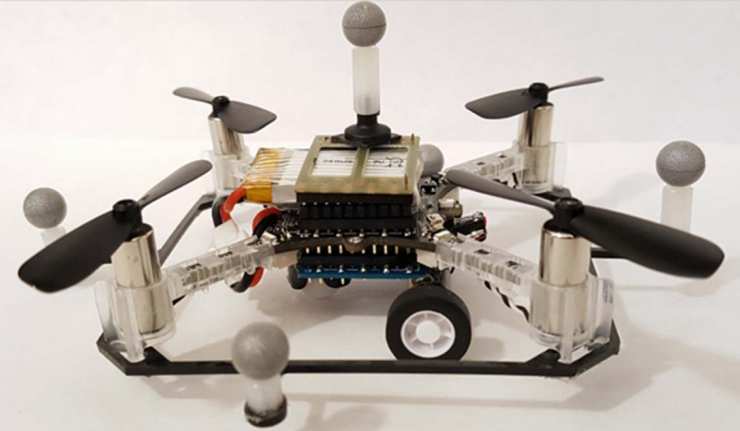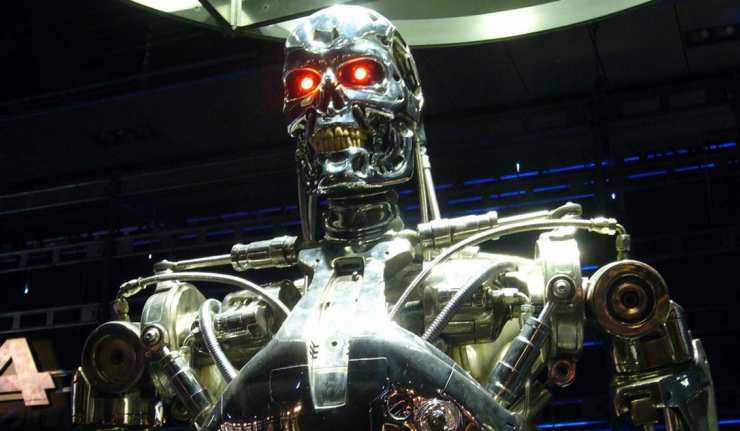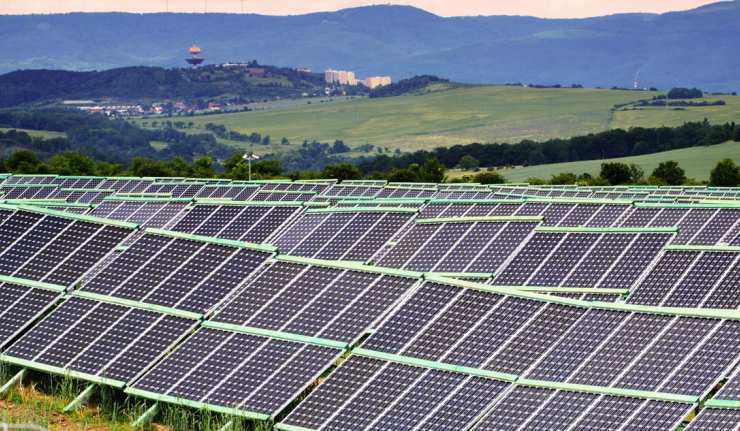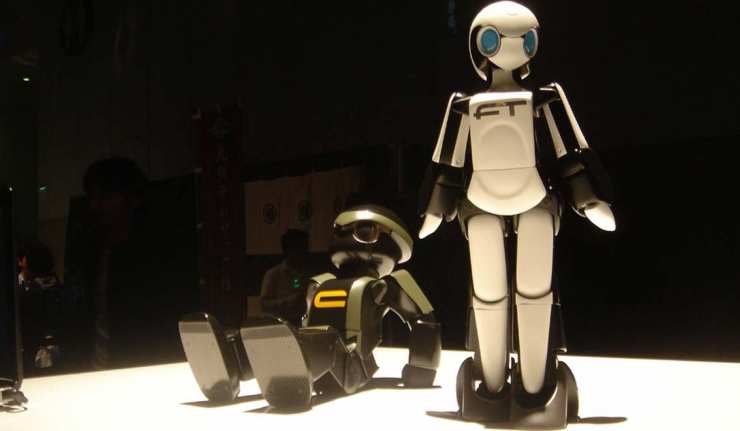robots
The Future of Artificial Intelligence: Top Ways It Will Impact Everyday Life
Technology has advanced far and wide over the years, and artificial intelligence (AI) is no longer a tale that is yet to be unfolded. For example, operating the internet is proof that AI has come so far as to gratify most of our needs. By looking at the rate at which technological advancements are gaining the attention of the masses, it is safe to say that the future of AI is rather very bright.
Here are some ways in which this technology could affect everyday life in the years to come:
MIT Robot Learns To Play Jenga Like A Human
Robots may be a big part of the future. They are projected to become more and more common in public and maybe even in domestic life in the next few decades. This could be a boon in terms of labor-reduction, daily support, and assistance and care for the vulnerable and infirm for humanity.
Eventful CES 2019: Self-Driving Tesla and AI Robot Collide and Cause ‘Accident’
The Consumer Electronics Show (CES) for this year showcased a number of unusual products, from a prototype drone taxi to Hyundai’s walking car.
However, one of the most irregular events associated with the show was the apparent maiming of a robot by a Tesla Model S. This car was in autonomous mode at the time and knocked an AI-powered android down as it happened to be crossing the road, or so it seems...
Era Of ‘Smart’ Touch: This Phone Accessory Can Literally Touch Its User Back!
Most modern smartphones have multi-finger touch sensitivity. This means a device can distinguish as many as ten individual fingers when users are touching its screen. But what would a phone do with a finger of its own?
A Ph.D. researcher from France decided that this was an appropriate avenue to explore. The result was MobiLimb, a device that begins in a micro-USB interface so that it plugs into a typical Android phone and ends in a triple-jointed, straight appendage.
Transhumanism: The Next Generation Of Humanity
“Our greatest weakness lies in giving up. The most certain way to succeed is always to try just one more time.” -Thomas A. Edison
When we try to predict the future, our hypothesis deviates from reality. But it’s very important for humanity to have goals that we want to achieve, which is the main reason for our existence. Alternately, the human race can have a special kind of evolution, beyond its current physical and mental limitations, which is known as transhumanism.
New Form Of Nanorobots To Clear Blood Of Toxins
Scientists and engineers have been envisaging and developing ‘machines’ small enough to swim through blood and move in bodily tissues. The point of such projects is to produce the definitive nanorobot, a new form of medical device that may be able to target things such as dangerous chemicals, virus particles or even cancer cells.
Machines Will Soon Be Able To Learn Without Being Programmed
Machine Learning (ML), along with the Internet of Things (IoT) seems to be the next big revolution in science and technology. AI experts are debating why machine learning is the most wondrous thing, today.
Artificial Intelligence Is A Powerful Friend Which Safely Guarded Will Not Become A Dreadful Foe
The evolution of automated machines and the continuous improvements to robots, recently, has intensified the debate on their impact on social structure and the future of humans.
AI: Friend or Foe?
The first major concern is whether robots will replace humans in the workplace, bringing the end of work, as we know it.
Robots In The OR: Putting The Skills of Surgeons at Risk
In a lot of cases, robots are considered to be useful additions to our everyday lives, making mundane tasks easier and more efficient.
Many of us worry, and perhaps rightly so, that potentially using robots instead of human workers could also impact job security. Some estimates say that up to 30 percent of tasks in an average job could easily be automated.
Is it a good thing when robots take over from human surgeons – and potentially have a negative impact on the level of experience that junior doctors gain whilst undertaking their training?
Stephen Hawking at Web Summit: Will Artificial Intelligence Help Us, or Destroy Us?
Stephen Hawking has made a surprise appearance at the opening night of the Web Summit tech conference in Lisbon, Portugal. Paddy Cosgrave, the CEO of Web Summit, opened the conference last night and invited a number of speakers to join him on stage.
CEO and founder of Portuguese start-up Feedzai, Nuno Sebastiao, started off by saying that Artificial Intelligence is an “incredible tool” but still at its “early stages of development so we also need to ensure its being put to good use in our world.”
Electronic Anticipation: How Computers Will Learn to Imitate Human Behaviour
You may have heard of advanced Bayesian calculations (ABCs), perhaps in the context of how computers are used to study climate patterns and how these will change in the near future. ABC is the basis for how computers can achieve inference as a result of the data it is fed. Inference is an important part of the process by which predictions that our brains make on an everyday basis match up with the available objective evidence.
Sophia the Robot Speaks at the UN And Is Now A Citizen of Saudi Arabia
Artificial intelligence has reached unbelievably great heights, going so far as new-age robots can, if not completely take over jobs, at least challenge the human mind and psyche, as some researchers believe.
The Flight of the Albatross: Secrets of Wind-powered Flight Revealed
It might seem that the kinematics of exactly how albatross maintain their flight over hundreds of miles per day would only be of interest to biologists however, a team of engineers from the Massachusetts Institute of Technology (MIT) have found that the flight patterns of these gigantic birds could well be used for a number of applications in other areas of scientific research.
Robot Origami: How MIT Scientists Plan to Bring Recreational Robotics to the Masses
Robots are becoming more and more common in our everyday lives. Many people may own, or aspire to own, high-end toys that, while they may not be perceived as robots, fall into that category. These include quadcopter drones and AI-powered, remote-controlled toys such as the Sphero™ line of products. Robots also serve practical ends, in the form of automatic cleaning machines including Roombas™. As robots become more and more a part of normal life, the ability to program, control and even design them may be an increasingly useful and necessary skill.
Bots with Brains: The Future of Robotics is… Modular?
Some of us may think of robots as machines we’ve created to mimic human or animal motion, gait, gestures and forms. They are also very often designed to manipulate things in a way that approximates the human ability to do so, in order to complete tasks and automated processes. However, there are engineers and scientists who assert that robots would be more effective, adaptable and useful if they conformed to more unique or interchangeable form factors.
Will Robots Ever Take Over from Teachers?
Imagine a classroom where a robot stands in front of a group of students, setting them individualised tasks and making sure each student completes this to the best of their ability. A human teacher is on hand to check on students’ work and to maintain discipline if necessary, but it’s the robot which will be responsible for creating learning plans for each student as well as monitoring their progress both within a lesson and over the course of an academic year.
The Drone with Wheels: A Realistic Step towards the Flying Car?
The flying car is not a thing – although technology enthusiasts born in the 1980s or later may be disappointed by that fact. Many of us may be secretly dissatisfied that having the choice between taking to the roads or the air is not an everyday amenity as yet. The technology that makes the personal or family flying vehicle is still in its very early stages. The most recent Consumer Electronics Show (CES) exhibitions showcased a few single-person planes or helicopters, but these were either concept showcases or prohibitively expensive.
Artificial Intelligence Experts Release Open Letter With Stark Warning of the Dangers of Lethal Autonomous Weapons
A group of leading robotics and Artificial Intelligence experts have become so concerned about the potential dangers relating to the use of lethal autonomous weapons in the future that they have written an open letter to the United Nations (UN), asking them to ban the development and subsequent use of this technology.
A Roomba for Solar Energy Companies: How Robot Cleaners Can Keep Solar Farms Going
Solar farms made of multiple large-scale panels are becoming increasingly efficient. This, in turn, is influencing their popularity as an alternative energy source for regional and national power grids. Despite this, a range of environmental particles and dirt types can impact on the ability of solar panels to gather energy. When this material comes into contact with solar cells, they may disrupt the panels, by either reflecting or absorbing sunlight, which in either case reduces the efficiency of the panel as a whole.
Advanced Rescue Robots: Keeping You Safe
Recent joint research efforts in the fields of intelligent robotics and autonomous agents has focused not only on the emergent intelligence of a single device, but also on their capability to work together, and coordinate activity in specific contexts. A robot designed and constructed by a joint group of researchers from Osaka University, Kobe University, Tohoku University, the University of Tokyo, and Tokyo Institute of Technology, has an impressive ability to assess and assist in disaster relief situations.

